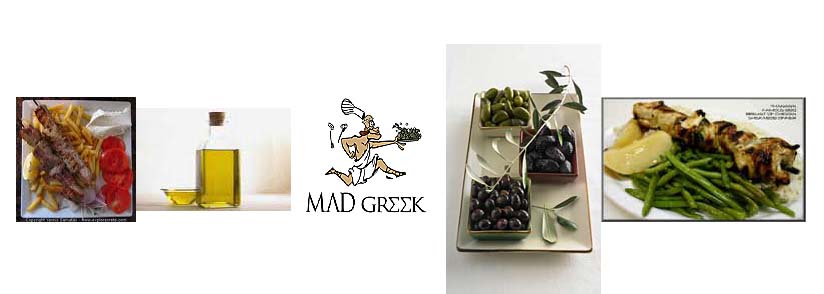The koulouri, a circular bread with sesame seeds, is the best product to appreciate the simplicity of taste.
Maybe it is the city of Thessaloniki that boasts of being its city of origin, but for many years its nutritional value and delicious taste have won the whole country, and the numerous Greeks who love it choose it as a snack at any time of the day.
You will find it in many different variations: multigrain, filled, without sesame seeds, with tahini, whole ground, double and more, but the classic Thessaloniki sesame-seed koulouri was the first to be made by the refugees that came to the second city capital mainly from Asia Minor. This sesame-seed koulouri is the one that has stayed in our hearts as a traditional Greek product that was sold by street vendors with hand baskets (called tavades) on their head early in the morning.
Although it does not have a registered designation of origin, the sesame-seed koulouri has been identified with the city of Thessaloniki as its history begins during the period of the Byzantine Empire and it mainly appeared in Istanbul and Thessaloniki. In Istanbul the venders of the koulouri (called koulourtzides) trumpeted their merchandise with the name “koulouri of Thessaloniki” and much later the same name was used by the street venders in Attica.
Today, in Greece and Turkey, koulourtzides frequent in places where crowds pass, normally central parts of the cities, in order to sell their “koulouria.” They carry them in big baskets and sell them either straight out of the basket or out of glass, mobile displays.
As far as its nutritional value is concerned, you can be sure that the koulouri is one of the healthiest and cheapest snacks you can find. You can eat it walking on the street, take it to work or combine it with cheese for a light and energizing meal.
Koulouri is made from wheat flour, yeast, water, salt and sugar. But the secret that gives the koulouri all of its taste (except for the baking and the dough) is the high in quantity and quality sesame seeds. Sesame seeds and their products tahini, halva, sesame oil) are caloric products, but of high nutritional value.
Sesame seeds (only 28 grams of them) offer more than one fourth of our daily need in calcium. In addition, they constitute dietary proteins of high biological value and contain mainly B vitamins such as B1, B2 and niacin (vitamin B5). There is also an increased presence of polyunsaturated fatty acids in sesame which makes it a particularly nutritious food, as these acids cannot be synthesized by the human body.
In the last years, the nutritional value of sesame has been associated with both the prevention and treatment of chronic diseases with high frequency in the people of the West, such as cardiovascular diseases, different forms of cancer (sesame contains phyto chemicals with strong antioxidant properties).



